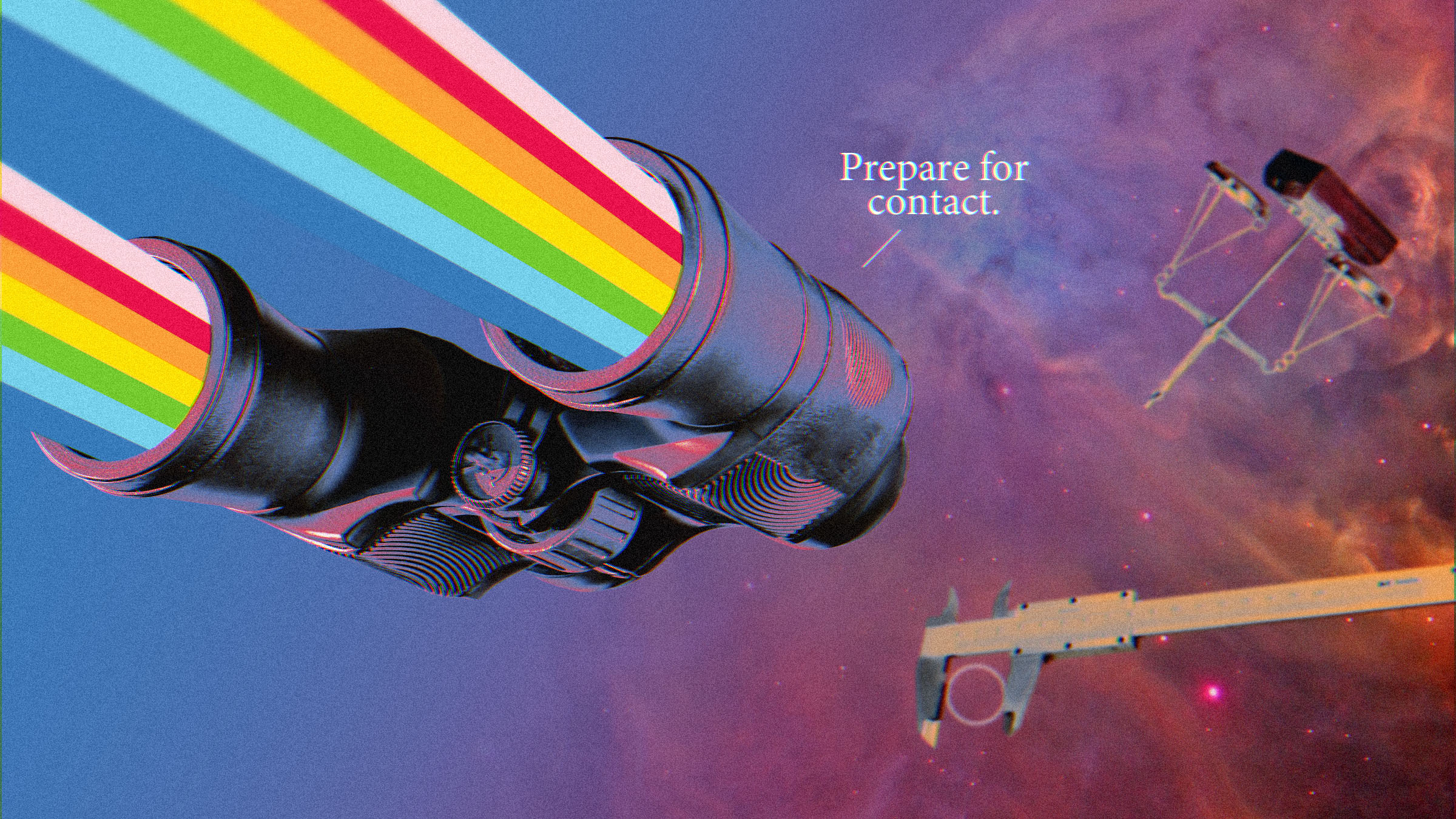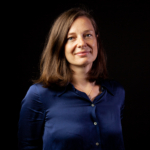Evaluations are often set to detect and validate incremental changes, which is no longer adequate when facing the megatrends and tackling complex problems, such as climate change, biodiversity loss or inequality. Conventional programme evaluation tends to take a narrow, short-term and linear approach to the future, while transformation in the postmodern context requires more systems thinking, exploration and understanding of the big picture and future possibilities.
Following a two-year Covid-related delay, the European Evaluation Society held the biennial conference (EES22) focusing this year on transforming evaluation at institutional, identity, content, and methodological levels. This broad approach to transformation brought together the latest thinking and the burning question: what is the actual contribution of evaluation to transformation, and what it should and could be?
Transformation requires something totally different and new compared to what we have been used to or seen before. We need foresight and futures-thinking to broaden our mindset to understand what is possible and desirable in the future.
Fusing foresight into evaluation – why?
Together with Annette Gardner and Rick Davies from the Association of Professional Futurists and Eric Barela from Salesforce, we organised a session on transformational evaluation practice – infusing foresight into evaluation. The session aimed at unpacking the why and how of the foresight-evaluation nexus, providing food for thought to all evaluators on why it would be important to incorporate foresight and futures-thinking and tools into evaluation, and to collectively identify practical entry points and ways of doing so.
There are several definitions of foresight, but it is at minimum identifying factors that influence the future, charting alternative futures and determining measures required to reach the desired future. Foresight does not aim to precisely predict the future: both foresight and evaluation support decision-making on the future, which inherently includes uncertainty.
“There are several definitions of foresight, but it is at minimum identifying factors that influence the future, charting alternative futures and determining measures required to reach the desired future.”
Our session highlighted how foresight could provide evaluation practice analytical frameworks and tools for developing adaptation and solutions to new situations to continue course towards a desired future. We also pointed out how futures-thinking can strengthen the ability and resilience to tackle unexpected phenomena and develop a more diversified and inclusive debate on desirable and achievable futures. Foresight broadens the discussion on inclusivity and participation in evaluation. It raises awareness and questions around power: whose future are we talking about, who defines the future and who influences the future?
How to merge evaluation and foresight?
While the why-part resonates well with the evaluation community at large, the how-part is still an area in need of further thinking and piloting in practice. Below are three key takeaways.
- Evaluators do not need to be foresight specialists, but a foundation level understanding of foresight and futures-thinking helps to identify where foresight adds value and makes evaluation work more transformational.
- A stronger futures-focused strategy is ideally the product of the convergence and intersectional dialogue between foresight and evaluation functions, especially in organisations where those predominantly exist in silos.
- Foresight tools and methods are well suited for planning a strategy and preparing for alternative scenarios but more difficult to adapt and lend themselves as evaluation tools and methods.
While this area is emerging slowly, some good examples do exist and were discussed at EES22. Annette Gardner and Eric Barela introduced the Futures Wheel, a foresight tool that adapts to evaluation use. Rick Davies has also developed PAR-EVO – a web-assistant process which enables the participatory exploration of alternative futures. The Delphi-method/technique can serve well to enrich the data sets used by evaluators.
Futures thinking can be used across the evaluation cycle
While evaluation should respond to what works, it should increasingly focus on what will work. Beyond specific methods and tools, futures-thinking can be used more broadly across the evaluation cycle – especially in formative and developmental evaluations. Integrating futures-thinking in evaluability assessment, and future-proofing evaluation recommendations are also likely entry points. Evaluation questions can be formulated with the focus on what kind of changes – perhaps already trends or weak signals – will affect the evaluand (object of evaluation), the context, or the evidence generated.
While evaluation should respond to what works, it should increasingly focus on what will work.
There is a need to transform evaluation and evaluative thinking into a more forward and futures-focused framing. To this end, Sitra will continue to pilot ways of adapting foresight thinking and methods into evaluation and invites all interested parties to join this exciting and transformational path towards a future-fit evaluation practice and function.

